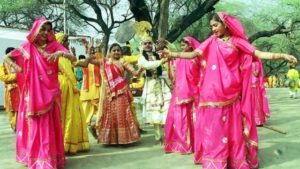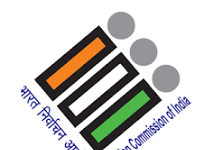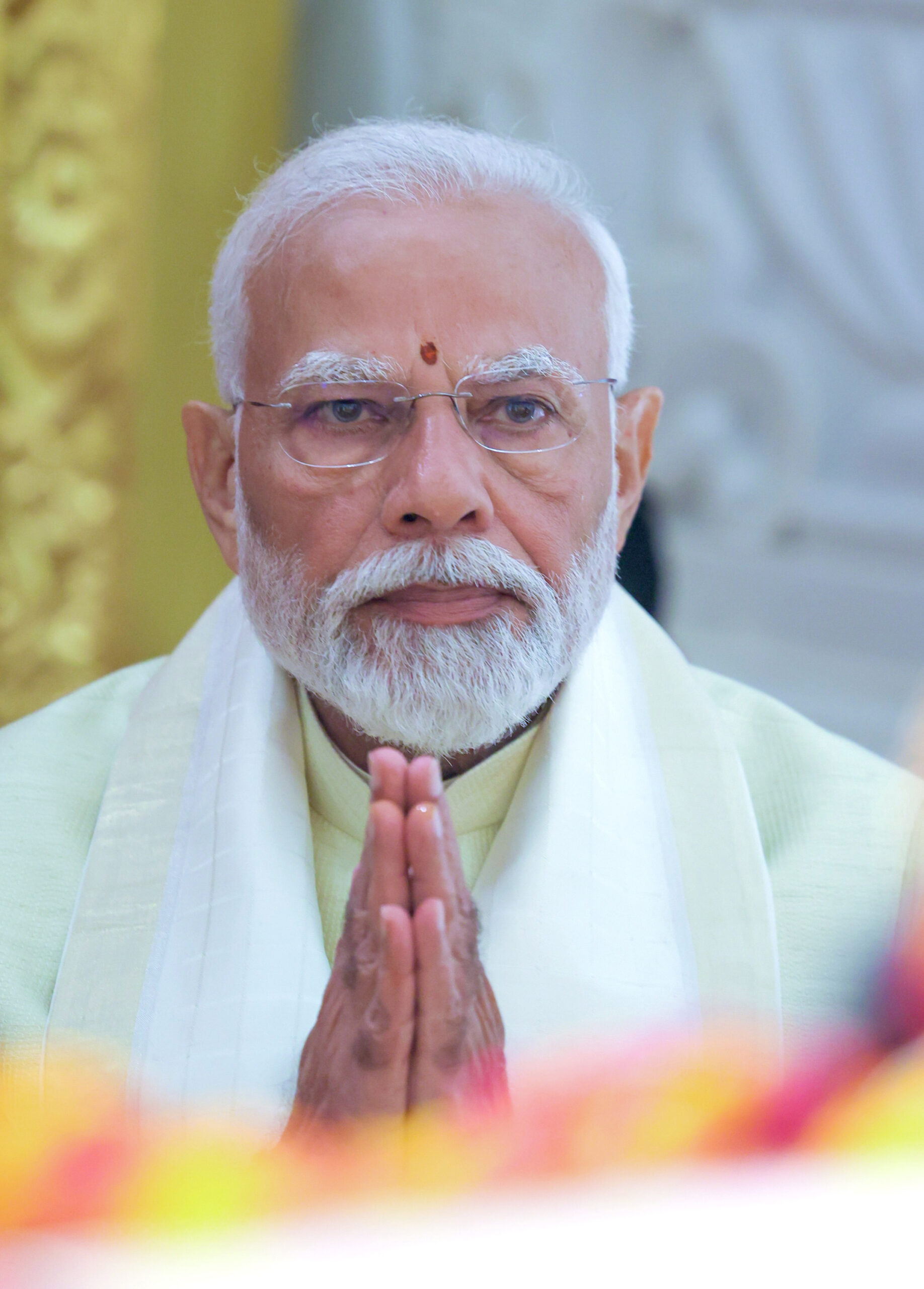The ancient Vedas record the marriage of king Dashrath of Uttar Kosal, father of Lord Rama of the epic Ramayana, with the princess of Dakshin kosal (a part of modern Madhya Pradesh). It is believed that the Lord Rama & Sita spent a major part of their 14 years exile in Chitrakoot located in the Dandaka forest area, north of the Vindhyas. Archeological explorations & excavations provide a glimpse of the ancient period from the earliest times to about the 13th century AD. The finds speak of a developed ancient civilization & reflect the glorious & chequered history of its rulers & warriors & a rich cultural past. Historically known as Malwa, Madhya Pradesh – the second largest cenrally located state in India is called the very heart of India.
The history of Madhya Pradesh goes back to the time of Ashoka, the great Mauryan ruler. Major portion of Central India formed part of the Gupta Empire (300-550 AD). In the first half of the seventh century it was part of domains of famous emperor Harsha. The close of tenth century was a period of confusion. In the early eleventh century the muslims entered central India, First Mahmud of Ghazni & then Mohammad Gori who incorporated certain parts with Sultanate of Delhi. It also formed part of Mughal empire with the rise of Maratha’s. Till the death of Madhoji Scindia in 1794, Marathas ruled supreme in Central India, but after that independent & smaller states came into being. The disintegrated smaller states paved way for British suzerainty. Some great women rulers like Rani Ahilyabai Holkar of Indore, Gond queen Rani Kamla devi & Rani Durgawati have carved a nick for them in history.
When India became independent in 1947, the British Indian province of Central Provinces and Berar formed Madhya Pradesh. Boundary changes followed; the state of Chhattisgarh was carved out of Madhya Pradesh.
After Independence, all the states signed the instruments of accession in to the Indian Union & on 28th May, 1948 a new state, Madhya Bharat came into existence with Indore & Gwalior as its capital. In the north, as the result of merger of 35 princely states of Bundelkhand & Baghelkhand, Vindhya Pradesh cane into being in April 1948 & in 1952, an elected ministry was formed with Rewa as its capital.
In the North, as the result of merger of 35 princely of Bundelkhand & Baghelkhand, Vindhya Pradesh came into being in April 1948 & in 1952 an elected ministry was formed with Rewa as its capital. The state of Bhopal came into existence in June, 1949 & only in 1952 a popular ministry was formed. The state of Madhya Pradesh formed on 1st November 1956 was a conglomeration of Mahakosal, Madhya Bharat, Vindhya Pradesh, Bhopal state & Seronj sub division of the Kota District of Rajasthan. On 1st November 2001 Chhatisgarh was carved out of Madhya Pradesh. At present comprises of 45 district which are further subdivided into 264 tehsils & is the second largest state in India.
Madhya Pradesh, as its name implies, lies in the heart of India, whose topography ranges from plateau with the Vindhya & the Satpura mountain ranges, the plains in the east, meandering rivers, rocky hills & ravines to lush green forests. State offers all important pillars of Indian tourism like pilgrim tourism, wildlife tourism, heritage tourism, buddhism, adventure sports etc.
The state boasts of a wide variety of attractions to suit all tourist tastes, from ancient temples to national parks & sanctuaries, stupas, forts & palaces, a host of cultural & tourist festivals to splendid venues for international conference & conventions of global standards. The best known tourism products of Madhya Pradesh in global & national tourism market are its heritage & archeological sites, wildlife territories, pilgrimage centres, leisure & business centres & the rich classical, folk & tribal culture. The principal destinations are Khajuraho, Kanha, Sanchi, Mandu, Gwalior – Shivpuri, Pachmarhi, Bandhavgarh, Satpura National Park, Pench, Amarkantak, Ujjain, Omkareshwar, Bhedaghat, Orchha & Chitrakoot & the dynamic business centres of Bhopal & Indore.
Madhya Pradesh State Tourism Development Corporation Ltd. (MPSTDC), a state government organization is the nodal agency responsible for development & promotion to attract tourists to this very heart of India.
The province of Madhya Pradesh is the milieu of fairs and festivals, which also becomes its style mantra. In other words, culture of Madhya Pradesh is nurtured due to exquisite festival celebrations. Apart from celebrating all other Indian festivals like Holi, Dusshera, the tribal festivals and fairs are also observed in full vigor and merrymaking. Revelry, drinks and alien amusement like cock fighting, dancing label these tribal festivals in Madhya Pradesh. `Kalidas Samaroh`, `Tansen Samaroh` and a dance fete in Khajuraho are celebrated, in great fiesta, with vast number of avid participants. Religious festivals too are observed with veneration. In West Nimar and Jabua regions of Mandhyanchal , a colorful festival called Bhagoria Haat is feted by the Bhils and Bhilalas tribes. It is a mass `swayamvara`, is held in vividness before Holi festival in the month of March
The population of Madhya Pradesh is about 60.38 Millions (2001 census), an increase of 24.34% & the population density is 196 people per square kilometer. More than 75% of state population resides in villages whose main occupation is agriculture, while the rest of the population lives in towns. Indore district is the most populated one. Number of females per thousand male (sex ratio) in the state is 919 where as the literacy rate is 63.70%. The majority population is Hindu with Muslims making up the largest minority community.
The life style, culture & customs of this community mostly resemble the Hindu religion though they still strongly believe in orthodox traditions. Gond is the best known tribe & forms the largest group in Madhya Pradesh. Bhils, the second largest tribe are largely concentrated in the area around Jhabua, Khargone, Dhar & Ratlam. Baigas believe themselves to be descendants of Dravid & this backward tribe is found in Mandla, balaghat, Shahdol & Sidhi District. Bharia tribe has major concentration in Jabalpur & Chhindwara district of Madhya Pradesh.Korku tribal community is administered by the head of a panchayat (called Sarpanch) & they are found in Hoshangabad, Betul, Chhindwara, Harda & Khandwa districts of Madhya Pradesh. Santia is a tribe of Malwawho believe themselves to be originally a martial Rajput tribe. Lesser known tribe like Dhanuk, Panika, Saur still form an important group.







